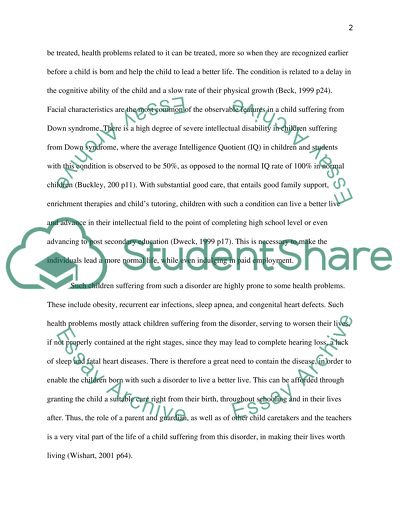Cite this document
(“Down's Syndrome into a Mainstream Primary Literature review”, n.d.)
Down's Syndrome into a Mainstream Primary Literature review. Retrieved from https://studentshare.org/education/1447955-what-are-the-effective-teaching-methods-that-can
Down's Syndrome into a Mainstream Primary Literature review. Retrieved from https://studentshare.org/education/1447955-what-are-the-effective-teaching-methods-that-can
(Down'S Syndrome into a Mainstream Primary Literature Review)
Down'S Syndrome into a Mainstream Primary Literature Review. https://studentshare.org/education/1447955-what-are-the-effective-teaching-methods-that-can.
Down'S Syndrome into a Mainstream Primary Literature Review. https://studentshare.org/education/1447955-what-are-the-effective-teaching-methods-that-can.
“Down'S Syndrome into a Mainstream Primary Literature Review”, n.d. https://studentshare.org/education/1447955-what-are-the-effective-teaching-methods-that-can.


